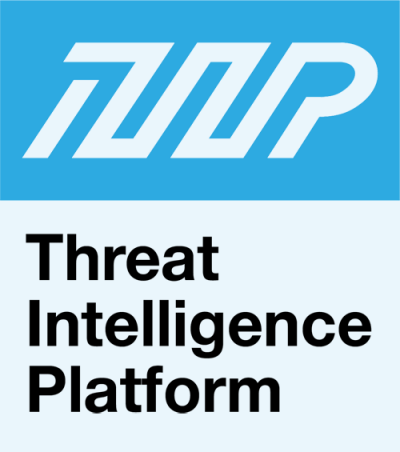

|
||
|
||
Outsourcing security monitoring and management has become a practical option for organizations that lack the budget to take care of their own threat detection and incident response needs. As such, small and medium-sized businesses (SMBs) are turning to external security providers.
Managed security service providers (MSSPs) fill in the gap by bringing in a stack of technological solutions and processes to handle a company’s day-to-day security requirements. The only question that remains is, are they doing enough to protect their clients’ networks and data? This post discusses how an MSSP can boost its services by adding domain data to its threat intelligence sources.
Domain Data Enhances an MSSP’s Security Analytics Capability
To be effective, MSSPs must detect attacks before these can even cause damage. Threat detection involves identifying the characters behind an intrusion attempt with their email addresses, domains, and other information; data that is available in WHOIS records.
MSSPs can thus spot inconsistencies between the guises perpetrators take and what their domain records reveal. In some instances, records of past misdeeds tied to a suspect email address can be connected to an ongoing intrusion attempt. Blocking access from the domain that address belongs to after assessing its reputation can thus thwart an attack even before it pushes through.
Those are, however, not the only MSSP functions where domain data can help with. Others include:
* * *
Businesses need all the help they can get as threat actors continue to devise new ways to crash through network defenses for illicit gain. They need to keep up with new approaches to threat detection and security monitoring. And that can only be addressed with a reliable source of accurate threat intelligence.
To combat the ever-increasing volume and sophistication of digital threats, all organizations need to gather as much information as possible. Reactive threat response is no longer enough. Companies are in dire need of proactive protection. They need to block threats from the source, something that is only possible if you know where to look—including a variety of domain data feeds.
Sponsored byDNIB.com

Sponsored byRadix

Sponsored byVerisign

Sponsored byIPv4.Global

Sponsored byWhoisXML API

Sponsored byCSC

Sponsored byVerisign
